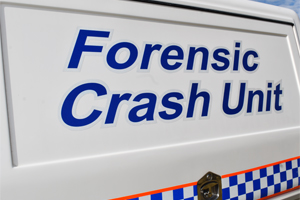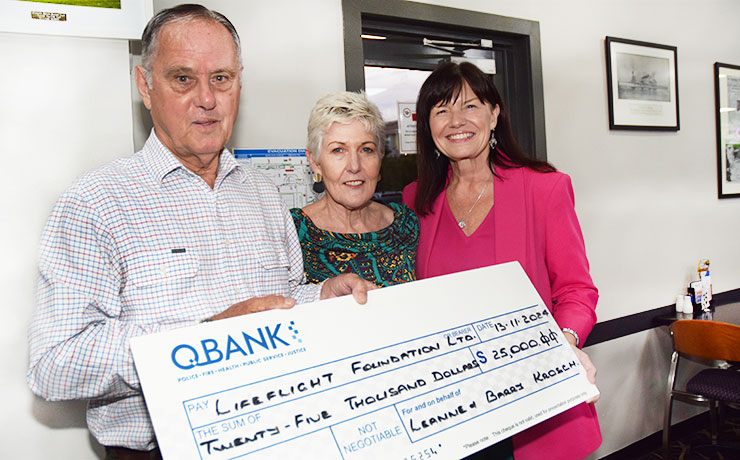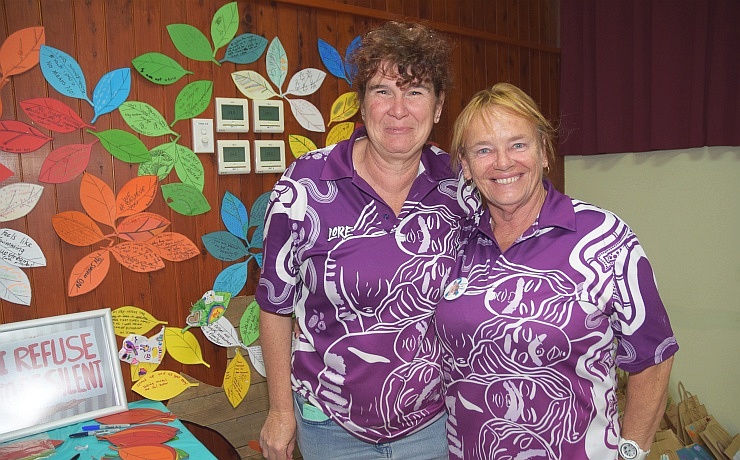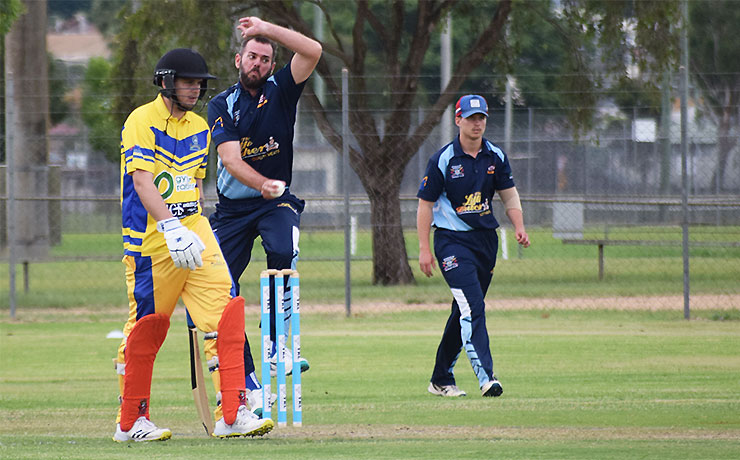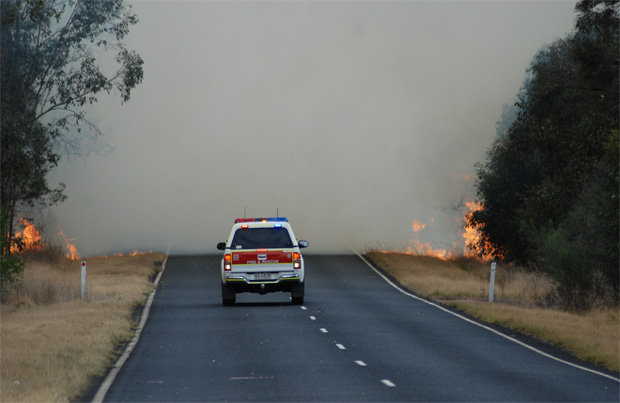
October 17, 2014
What would you do if you heard a “Watch and Act” message over the radio? Not sure?
South Burnett residents should familiarise themselves now with bushfire warnings to avoid confusion during an emergency. This is the message today from Rural Fire Service Queensland North Coast Regional Manager Peter Hollier.
Mr Hollier said during a bushfire incident, different warning messages could be issued to provide advice to residents in an affected area.
“Emergency services personnel issue community warning messages through media and social media channels during significant bushfire incidents,” Mr Hollier said.
“Community warning messages are used to inform residents of threat to properties, time to impact; the direction and strength of the fire and of the steps residents must take to survive.
“It’s essential for all Queenslanders to educate themselves and their families and understand the levels of warning now to ensure they aren’t confused or panicked if a community warning message is issued for their area this bushfire season.”
Mr Hollier said there were four levels of messaging which could be issued as an event escalated. These were:
- Advisory – There is a fire in your area, there is currently no threat to property; there is no action required;
- Advice – There is a fire in your area, there is currently no threat to property, but stay informed and consider taking a series of preparatory actions;
- Watch and Act – There is a fire in your area, you could be impacted and should prepare to enact your bushfire plan; and
- Emergency Warning – There is a fire in your area, you need to enact your Bushfire Survival Plan immediately and prepare for impact.
He said firefighters, SES volunteers or police may doorknock the area or residents could receive an Emergency Alert message on their mobile or home phone.
Mr Hollier said it was also important to keep a close eye on Fire Danger Ratings in the local area and when travelling in an area of high bushfire risk.
“Every day during the bushfire season, the Bureau of Meteorology will forecast an outlook of the Fire Danger Index,” he said.
“This takes into account temperature, humidity, wind speed and dryness of vegetation, and guides Queensland Fire and Emergency Services to determine the Fire Danger Rating for the day,” he said.
“The Fire Danger Rating will advise you in advance of what action you should take if fire breaks out. Ratings can range from ‘Low to Moderate’ to ‘Catastrophic’.
“All of these methods of messaging are designed to be as informative as possible so you are able to make the best decisions for your family ahead of bushfire threat.
- External links: Community Warning Messages and Fire Danger Ratings















